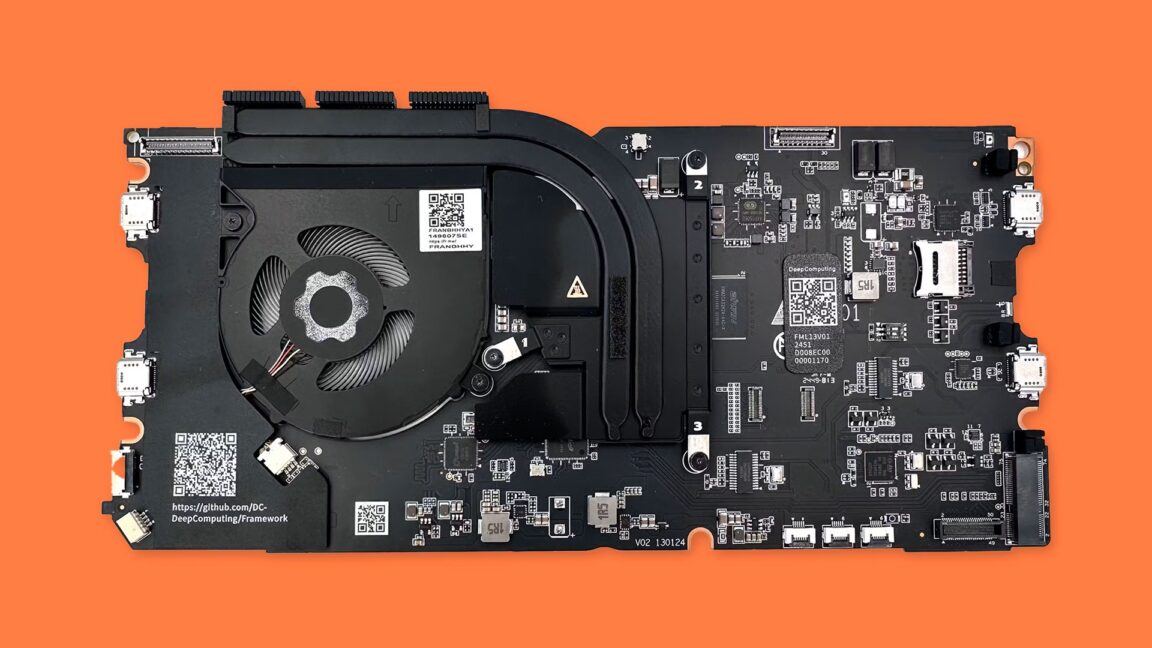www.digitaltrends.com
Table of ContentsTable of ContentsIn the boxSetupDesign, build, and partsFeaturesHow does it sound?Compared to a lot of other devices that Digital Trends reviews on a regular basis, testing out the newest and best turntables can be capricious. While modern turntables have become much more user-friendly and plug-and-play compared to your dads old-school deck, many still have delicate moving parts that often require assembly and fine-tuning, which can make the review process tricky, but also a lot of fun. Theres also a bigger range of turntables available now than ever before some are well worth the money, some are not, and we dont want you to waste your hard-earned cash on the latter.From tonearms, headshells, and cartridges to plinths, platters, and styluses (styli?), heres how we put a turntable to the test.Recommended VideosDerek Malcolm/Digital TrendsTurntables of the lower-end, suitcase variety usually come completely assembled and more or less ready to drop a record on and go (and most sound accordingly). But modern turntables that consist of the major parts such as the plinth (the base), platter (the spinning platform), dust cover, tonearm, counterweight, headshell, and cartridge may come with several of these parts separately packed to protect them in the shipping process. When unboxing a turntable, we check to make sure everything is there, examine how well the parts have been packed, and how easy they are to unpack. We also make note of things like whether it comes with cables or little extras, and whether the packing materials are environmentally minded.RelatedMore on the testing processSee how we test other products and servicesWhen setting up a turntable before a review, we do it from a couple of points of view someone who has never set up a turntable before, and those who have. The first thing we look for is whether the turntable includes a setup guide, manual, or app that is well-designed and has step-by-step instructions that are easy to understand. This makes all the difference. Setting up a turntable can involve attaching delicate precision parts, finicky belts, and small motor spindles, and can include measuring correct weight force that, if done in error, can potentially cause damage to the turntable or your records.Derek Malcolm/Digital TrendsHas the manufacturer provided the tools necessary for these steps, such as a force gauge or alignment tool? We check this, too. Many turntables come with parts that have been preassembled and configured at the factory, which, on the one hand, can make things easier for beginners, but we double-check those for quality and accuracy so we can advise on whether you should too.With turntables, whats on the outside is just as important as whats on the inside, and we evaluate both. The basic aesthetic design of turntables hasnt changed much in decades, but the colors and finishes theyre available in have come a long way, as have the materials.One of the biggest challenges for any turntable manufacturer is designing a product that isolates and manages any external or internal vibrations that may be passed through the turntables parts to the amplifier, speakers and, ultimately, to your ears. These parts work together to deliver as clean and accurate a sound as possible, and their design and materials matter.Is the base made of wood (what kind?), MDF, plastic? Does it look good? How heavy and sturdy is it, and what are its resonance-absorbing properties? Is the platter aluminum or acrylic? Do the feet absorb sound and vibration? Is it belt-driven or direct drive? Whats the difference? Is the tonearm aluminum, carbon, graphite, magnesium, or some space-age material, and is it made of separate parts or a single sound-isolating molded piece? We could go on.Derek Malcolm / Digital TrendsLastly, does the turntable come with a quality cartridge? Housing the diamond-tipped needle that runs through the records grooves, the cartridge is what translates the music into a signal that can be amplified by a receiver/amplifier or set of powered speakers, and those available can be quite different.Cartridges range in their ability to translate nuance and detail, they can differ in soundstage, and some are adaptable no matter what kind of music you listen to or how well or badly it was recorded (some audiophiles have carts for different genres of music). Budget and entry-level turntables will often include budget, entry-level cartridges, and there are some that sound great. Higher-end turntables come with better-sounding cartridges (duh). But one thing that can make or break a turntable review is whether the cartridge can be changed or upgraded, because this is one of the best and most cost-effective ways to improve any turntable, no matter its price.When it comes to the common features of a turntable, as we mentioned above, things havent changed too much over the years. Through the lens of value and usefulness for what youre paying, we look at everything each turntable offers, from fully manual operation (you mean I have to actually lift the tonearm myself?) to push-button cueing, starting, and stopping, as well as features like speed selection (do you have to move a belt or flip a switch?), pitch adjustment, and reverse play (mainly on DJ decks).Connectivity options are where things have changed quite a bit, though. From an analog point of view, a lot of modern turntables come with built-in phono preamps (the component that prepares the signal for amplification) that make it easier to connect to the wide variety of devices now available, such as powered speakers and receivers/amplifiers with line-in AUX inputs. Some phono preamps are better than others, though, so we evaluate how these perform and compare them to quality external phono preamps we know well.Derek Malcolm / Digital TrendsThe recent resurgence of vinyl has also crossed the once-vintage technology over into a world full of wireless connectivity, creating a new market for turntables and record players that play nice with Bluetooth speakers and headphones, and that can connect over Wi-Fi to network products like those from Sonos. When testing these abilities, we evaluate the ease of connectivity, the tools that are provided to do it (like an app, in the case of Made for Sonos turntables, for example), and how good they sound, while trying not to get bogged down in the vinyl-versus-digital debate in the process to us, if it sounds good, works well, and has value, were all for it.Derek Malcolm / Digital TrendsThis is the fun part. Just as we would do when testing speakers or other audio gear, when reviewing turntables, we listen to a lot of music on vinyl, of course (we have a helpful explainer of how to do that, too). While every reviewer is different, we try to start with a record that we know inside and out (for me, its Radioheads OK Computer) to set a base, as its often easy to identify if anything obvious is off, like speed (are the RPMs too fast or slow) or balance (this could mean that the stylus isnt tracking properly).Over days or even weeks, well spin records that showcase a range of frequencies, from low-end Billy Eilish tracks and mid-loving Queen and Miles Davis to anything with crispy cymbals and esses to test out the trebles. Along the way, well evaluate for the cleanliness of the sound at various volumes, listening for distortion, sibilance, and any noise that might be picked up through the stylus or other parts of the turntable (how present is a light tap on the plinth or even the table its sitting on?).As we mentioned, many modern turntables offer new connectivity options. To give us a wide assessment of how they sound in multiple setups, we try our best to listen to each turntable through various systems, including receivers/integrated amplifiers and their phono and AUX inputs, with and without phono preamps, and through any wireless connections they have like Bluetooth. We also try them through several kinds of speakers (old, new, big, and small), headphones, and even side by side against other turntables and cartridges, either our own or on loan from manufacturers, to help us stay current.Taking all of this into account, we give each turntable a ranking out of five stars and determine whether it should be a recommended product or even an Editors Choice product. We love putting the latest and greatest turntables to the test, and we hope they help readers make informed decisions about what they choose to spend their money on as they start to get into the big world of vinyl.Editors Recommendations










